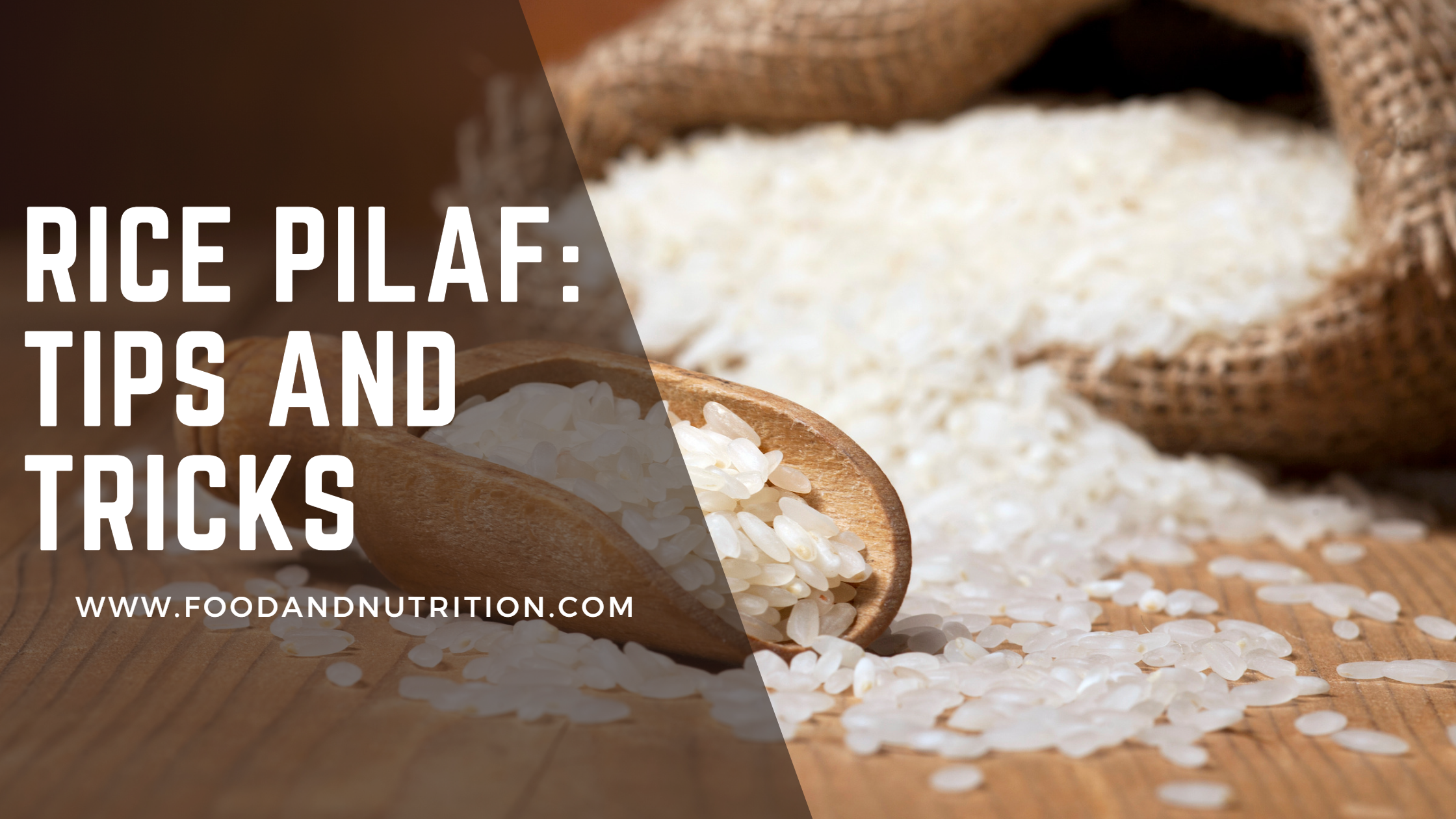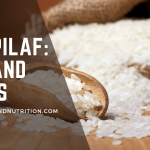Rice Pilaf: Tips and Tricks for a Delicious and Nutritious Dish

Rice pilaf, a dish with ancient roots and a rich history, continues to captivate taste buds worldwide. Its versatility, delicious flavors, and nutritional benefits make it a staple in many cultures. In this blog post, we will explore the intriguing history of rice pilaf, discuss why it has remained popular throughout the centuries, delve into its common ingredients, highlight its nutritional value, and provide enticing serving ideas. Prepare to be inspired to elevate your culinary skills and embark on a flavorful journey!
The History of Rice Pilaf
Rice pilaf’s exact origins are shrouded in the mists of time, as it has been adapted and refined by various cultures throughout history. However, it is believed to have originated in the Middle East, where rice was a dietary staple. The Middle Eastern people cooked rice in broth or seasoned it with spices and herbs, laying the foundation for what would become rice pilaf. Over time, the dish spread to Central Asia, South Asia, and Europe, each region adding its own unique twist and flavors.
Why Rice Pilaf Remains Popular
The enduring popularity of rice pilaf can be attributed to several factors. Firstly, its versatility allows it to be served as a side dish or a satisfying main course. It complements a wide range of proteins, from grilled chicken and roasted beef to vegetarian options like chickpeas or tofu. Secondly, rice pilaf’s ability to adapt to different ingredients and flavors makes it a crowd-pleaser. From traditional recipes using long-grain white rice to innovative variations incorporating brown rice, wild rice, or even quinoa, there is a rice pilaf recipe to suit every palate. Lastly, rice pilaf’s delicious taste and comforting textures have stood the test of time, creating a timeless dish that continues to captivate generations.
Common Ingredients
The foundation of rice pilaf is, of course, rice. Long-grain rice is the most commonly used variety due to its light and fluffy texture that pairs harmoniously with other ingredients. However, feel free to experiment with different types of rice to add unique flavors and textures to your dish. To enhance the taste, aromatic ingredients such as onions, garlic, and ginger are sautéed in butter or oil before adding the rice. The dish’s character is further developed through the addition of a flavorful broth or sauce, which can be crafted from chicken or vegetable stock, tomato sauce, coconut milk, or other ingredients that tantalize your taste buds.
RICE PILAF
Ingredients
- 1 cup rice — Uncle Bens
- 2 cups water
- 1 tablespoon butter
- 1 teaspoon chicken bouillon
- 3 tablespoons onion — diced small
- 1 tablespoon red bell pepper — diced
- 1 tablespoon green bell pepper — diced
- dash salt
Instructions
- Add the butter to a medium size sauce pan and melt. When butter is bubbling, add onions and peppers and sauté until onions are translucent. Add rice and combine. Add water, chicken bouillon, salt, and bring to a boil. Cover and simmer for 20 minutes or until rice is done.
The Nutritional Value of Rice Pilaf
Apart from its delightful flavors, rice pilaf offers a range of nutritional benefits. Rice is a valuable source of carbohydrates, providing energy for the body. Its complex carbohydrates break down gradually, ensuring sustained energy release and longer-lasting feelings of fullness. Additionally, rice is rich in fiber, promoting healthy digestion, satiety, and regular bowel movements. Rice also contains essential vitamins and minerals, including B vitamins for energy conversion, iron for oxygen transport, and magnesium for nerve function and bone health. By incorporating vegetables and protein sources such as chicken, beef, or beans, you can enhance the nutritional profile of your rice pilaf, making it a well-rounded and nourishing meal.
Serving Ideas
Now that we have explored the history, popularity, ingredients, and nutrition of rice pilaf, let’s dive into some tantalizing serving ideas. As a side dish, rice pilaf pairs exceptionally well with grilled seafood or roasted vegetables. For a complete meal, consider incorporating protein-rich ingredients like shrimp, tofu, or lentils into your pilaf. You can also elevate the dish by adding vibrant vegetables such as bell peppers, peas, or carrots for an extra nutritional boost. Experiment with aromatic herbs and spices, such as cilantro, parsley, or turmeric, to infuse your rice pilaf with exciting flavors. And don’t forget to garnish your creation with a sprinkle of toasted nuts or dried fruit to add texture and visual appeal.
Conclusion
Rice pilaf, with its ancient origins and timeless appeal, continues to capture hearts and palates worldwide. Its versatility, rich history, flavorful ingredients, and nutritional benefits make it a dish worth exploring in your culinary repertoire. By experimenting with different variations and flavor combinations, you can create a rice pilaf that suits your personal taste preferences and dietary needs. Whether you’re seeking comfort, adventure, or a nutrient-dense meal, rice pilaf is sure to satisfy. Embrace the heritage and creativity of this beloved dish and embark on a culinary journey that celebrates the beauty of diverse flavors and nourishing ingredients. Bon appétit!
- Embracing Summer: The Ultimate Watermelon Feta Salad with Tomatoes & Olives
- Rediscovering Lebanese Salad: A Refreshing Delight with a Rich Heritage
- Eating Your Way to Healthy Blood Pressure: A Guide to Lowering Hypertension
- Perfect Roasted Leg of Lamb: A Timeless Delight for Your Table
- Romesco Sauce: A Flavorful Spanish Delight That Elevates Every Dish
- Master Cooking with Salt: A Guide to Types & Uses – Elevate Meals
